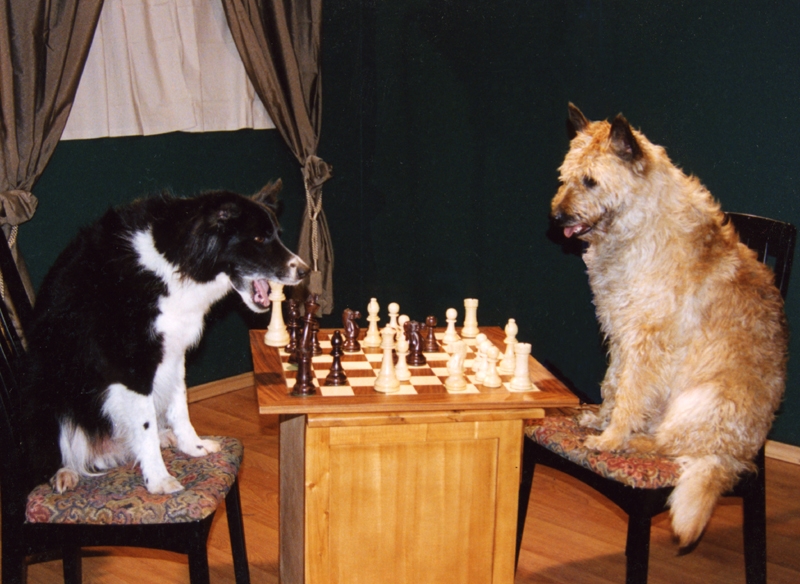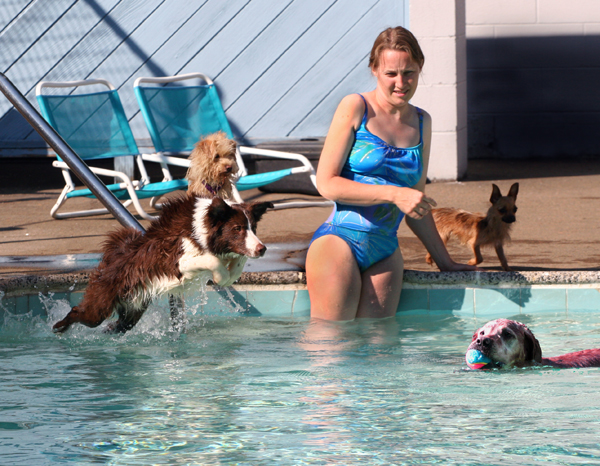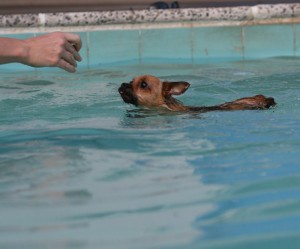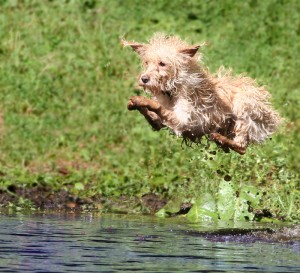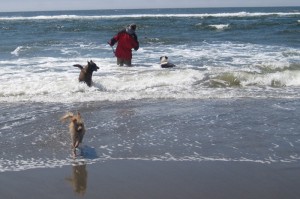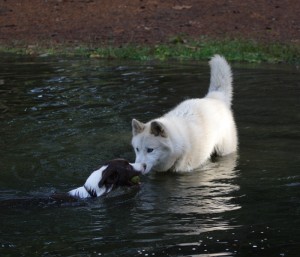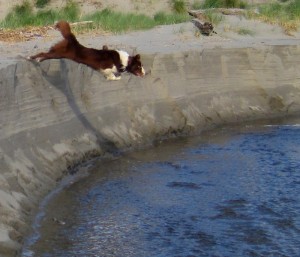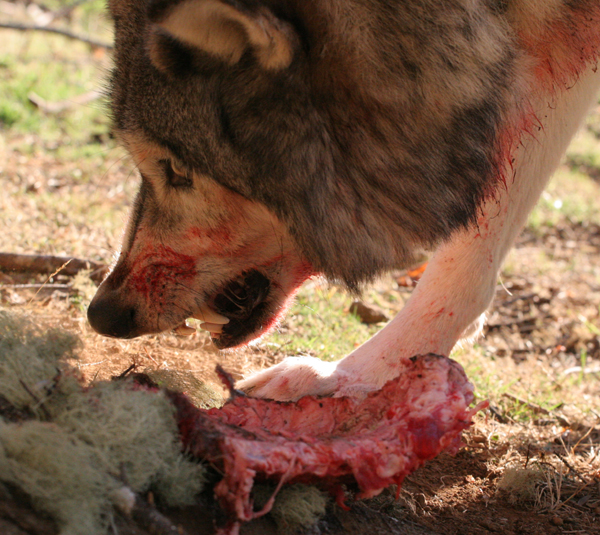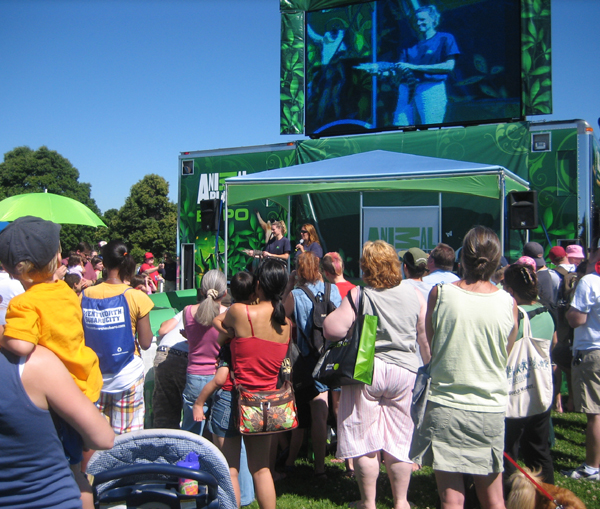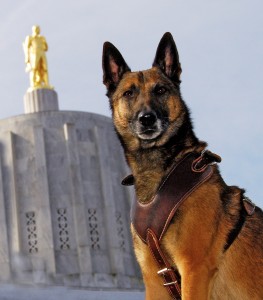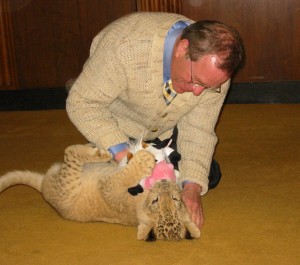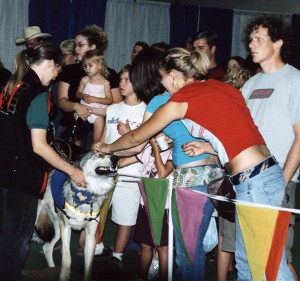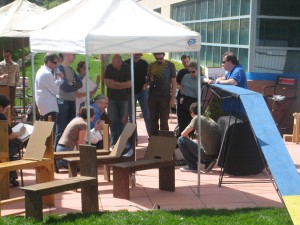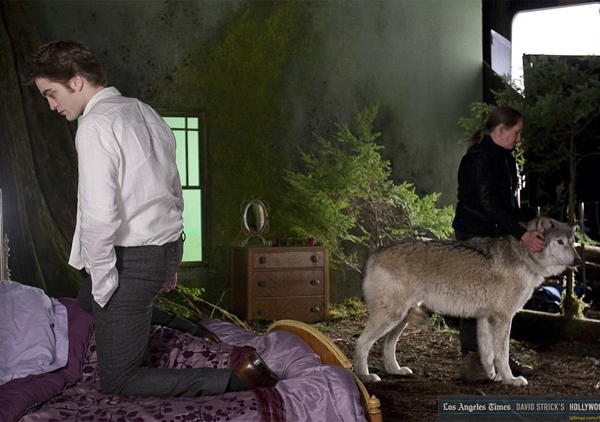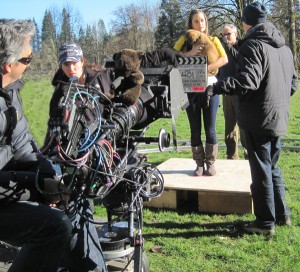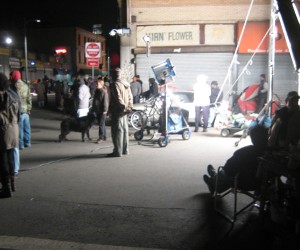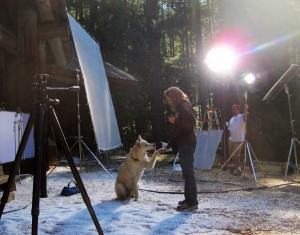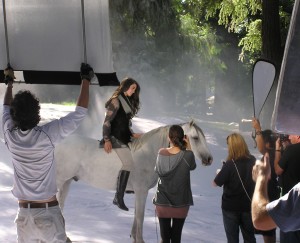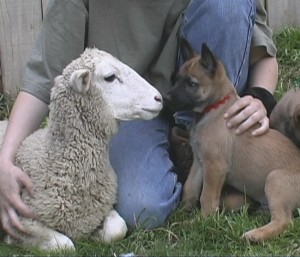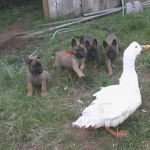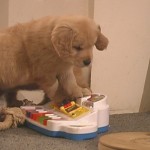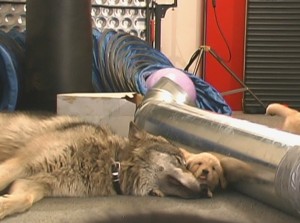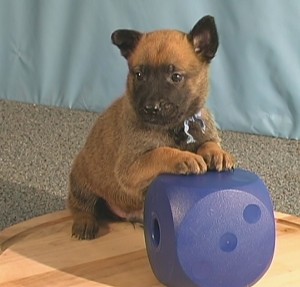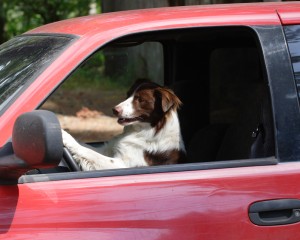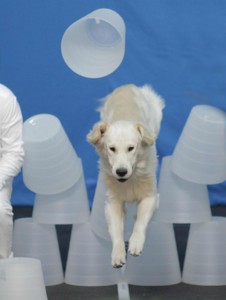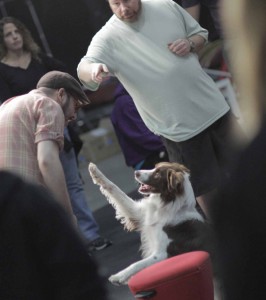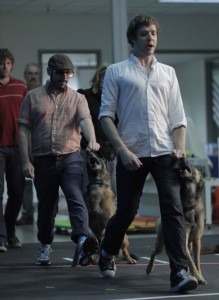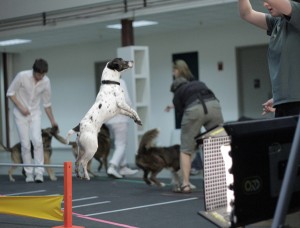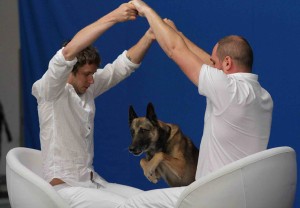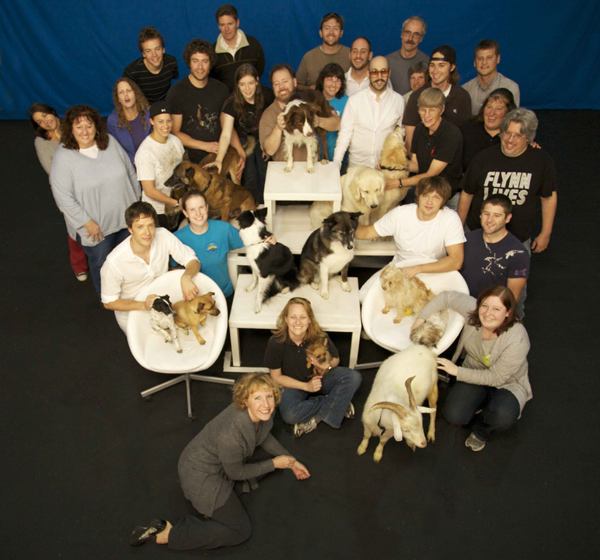AKC’s Canine Good Citizen program is in many ways excellent: it invites people to begin training their dogs, to teach basic manners, to go to classes, and even to walk into the “ring” for the first time. I have long supported this appealing program, have taught CGC classes, and have directed many novices to it as an appropriate beginning…
However, the CGC program, and state legislative resolutions endorsing this program, has some profoundly worrisome potential consequences for future dogs and their owners. Please take a few minutes to carefully consider not only the details of the program, but also the way it might be used or manipulated in coming years. These questions may not immediately seem correct—they are contrary to how you have likely thought about the CGC program for years or decades—but they are well worth our careful contemplation.
First, let me recount a disturbing historical pattern: time after time leaders in the dog world have supported seemingly positive ideas that have been usurped by the Animal Rights movement to divide animal owners into little groups that could easily be conquered. Our own programs have repeatedly been distorted into weapons against dogs and the people who love them:
- We encouraged spaying and neutering for most casual owners for lots of seemingly good reasons and for years we told people it was the responsible thing to do. Animal Rights supporters took it over and legislated mandatory S/N.
- We encouraged people to revile pet stores, backyard breeders, puppymills, designer breeds. We said adoption was wonderful. They took it a step further and said only adopt, and let’s make all those bad options illegal.
- We said vaccinate your dogs as appropriate. They said keep all dogs ‘utd’ on all shots on our schedule, even if it is a bad schedule, or you are abusing your dog.
- We said that people should not get more dogs than they could handle as this would lead to inadequate care, they legislated that nobody can own more than X dogs.
- We preached that people not leave dogs in hot cars with the windows rolled up. They tweaked that message to become never leave any dog in any car or you are an abuser.
- We encouraged people to provide better veterinary care for their animals, and now absurd veterinary choices like how often to clean teeth are being used to seize people’s dogs.
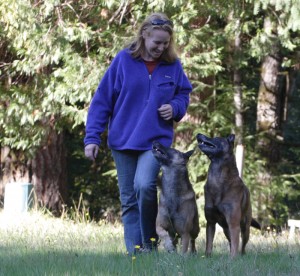 In essence, we have spent decades trying to share our views of the ideal, and how we can all nudge closer to perfection for our animals, and AR advocates have twisted our fundamentally good ideas to be horrific ideas by insisting that the loftiest of ideals ought to become the legal minimum.
In essence, we have spent decades trying to share our views of the ideal, and how we can all nudge closer to perfection for our animals, and AR advocates have twisted our fundamentally good ideas to be horrific ideas by insisting that the loftiest of ideals ought to become the legal minimum.
I believe that the CGC is another initially positive program that will soon be used to divide dogs and owners. Just as in all the other cases above, the distance between the message that people should teach their dogs basic manners and the message that every dog must pass this test is a very short and slippery one.
Not only does the CGC set a very dangerous precedent, but also it contains some intrinsic problems:
- Dogs are NOT citizens. People are. People are responsible for ensuring that their dogs’ behavior is not disruptive to society. The onus must always remain on owners to be responsible citizens, not dogs. Otherwise we set ourselves up for ARs to start passing not only breed specific laws, but soon behavior specific laws.
- Dogs are not good or bad. They simply are what their nature and experiences make them, and “goodness” is not a relevant value judgment. Dogs that cannot pass this test are not bad. Not even less good. Low drive, non-reactive, docile, agreeable dogs are not the only good dogs! There are many sorts of dogs (and other species) that may not be well suited to the CGC test but are fabulous pets. People own different sorts of dogs for countless different reasons and in countless different ways. So long as they can keep those pets safely and humanely, that should be just fine.
The CGC program perpetuates the ever narrowing range of what is a “good” dog. Prey drive, reactivity, fearfulness, over-confidence, exuberance, protectiveness, and playfulness are not bad. Whatever dog an individual wants to own is a good dog if its owner keeps it safely and does not allow it to impinge upon anyone else’s rights. Nothing else should matter to society or our legislature.
People absolutely should be encouraged to teach their dogs basic manners, and much more, but as we support this process we must be extremely careful that we do not inadvertently support the notion that any dog that cannot pass a particular test must be a bad dog. If this is endorsed at the state level, what municipality would want to welcome dogs that are not good citizens? What will happen to the millions of great dogs who are not suited to this test, or the millions of dogs whose owners are not willing or able to pursue the CGC?
The language and attitude of the CGC program plays perfectly into the hands of the AR movement. I have little doubt that the AKC believes it is a defense against such attacks—that by demonstrating how well-mannered these dogs are we prevent bad laws, but I believe this is exactly the same as the other examples I cited in that it will have the opposite effect over time—it will create a line that will eventually be used to criminalize everyone who is on the wrong side. It may temporarily save the handful of dogs that have CGCs, but it will do so by sacrificing the vast majority of dogs and owners. Admittedly the CGC program becoming mandatory would be a huge financial victory for the AKC, and a huge practical victory for the AR movement, but it would be a huge loss for dogs everywhere.
40 states and the US Senate have already passed resolutions “endorsing the CGC test and supporting its effort to promote responsible dog ownership.” Insurance companies have already offered discounts for dogs with CGCs. These are the first steps on a short path to making dogs without CGCs uninsurable and ultimately illegal. This test will simply become one more excuse to eliminate millions of pet homes and pets.
Some readers will perceive this post as being overly paranoid, others will feel that the benefits of the CGC program outweigh these risks, others stopped reading long ago! These are all fine responses, you must decide for yourself how you feel, I merely wanted to lay out some issues in hopes you will give some serious thought to future consequences. It is no longer sufficient for us to innocently create programs that under ideal circumstances might be a good idea. We must ask ourselves: How will this tool be used by those who seek to eliminate animal ownership?

